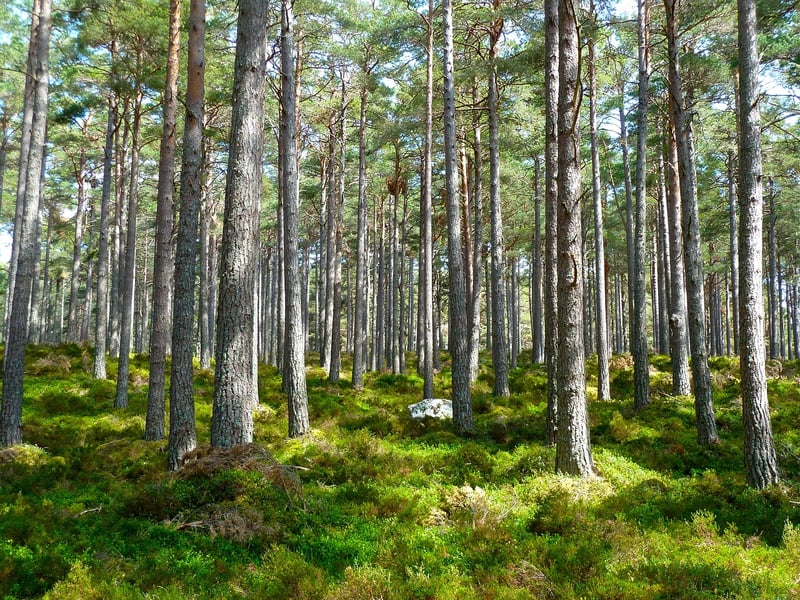Self-sustaining ecosystems
The Future of Habitats: Self-Sustaining Ecosystems
In the quest for sustainable living, the concept of self-sustaining ecosystems is gaining traction as a solution for the future of habitats. These ecosystems are designed to operate in a closed-loop system, where waste is recycled, energy is harnessed efficiently, and resources are utilized in a regenerative manner.
Benefits of Self-Sustaining Ecosystems
Self-sustaining ecosystems offer a range of benefits, including:
- Reduced environmental impact
- Increased resilience to external disruptions
- Lower resource consumption
- Promotion of biodiversity
- Creation of a harmonious living environment
Key Components of Self-Sustaining Ecosystems
These ecosystems typically incorporate the following key components:
- Renewable Energy Sources - such as solar panels and wind turbines
- Water Recycling Systems - to minimize water wastage
- Waste Management Systems - including composting and recycling facilities
- Green Spaces - for food production and improving air quality
- Biophilic Design - integrating nature into the built environment
Examples of Self-Sustaining Ecosystems
Several projects around the world are pioneering self-sustaining ecosystems, such as:
- The Ocean Cleanup - focusing on removing plastic pollution from the oceans
- Biosphere 2 - an enclosed ecosystem for scientific research
- Ecosia - a search engine that plants trees with its ad revenue
Future Prospects
As technology advances and awareness of environmental issues grows, the future of habitats looks promising with self-sustaining ecosystems playing a crucial role in creating sustainable communities.

Embracing self-sustaining ecosystems not only benefits the environment but also enhances the quality of life for inhabitants, paving the way for a greener and more sustainable future.
